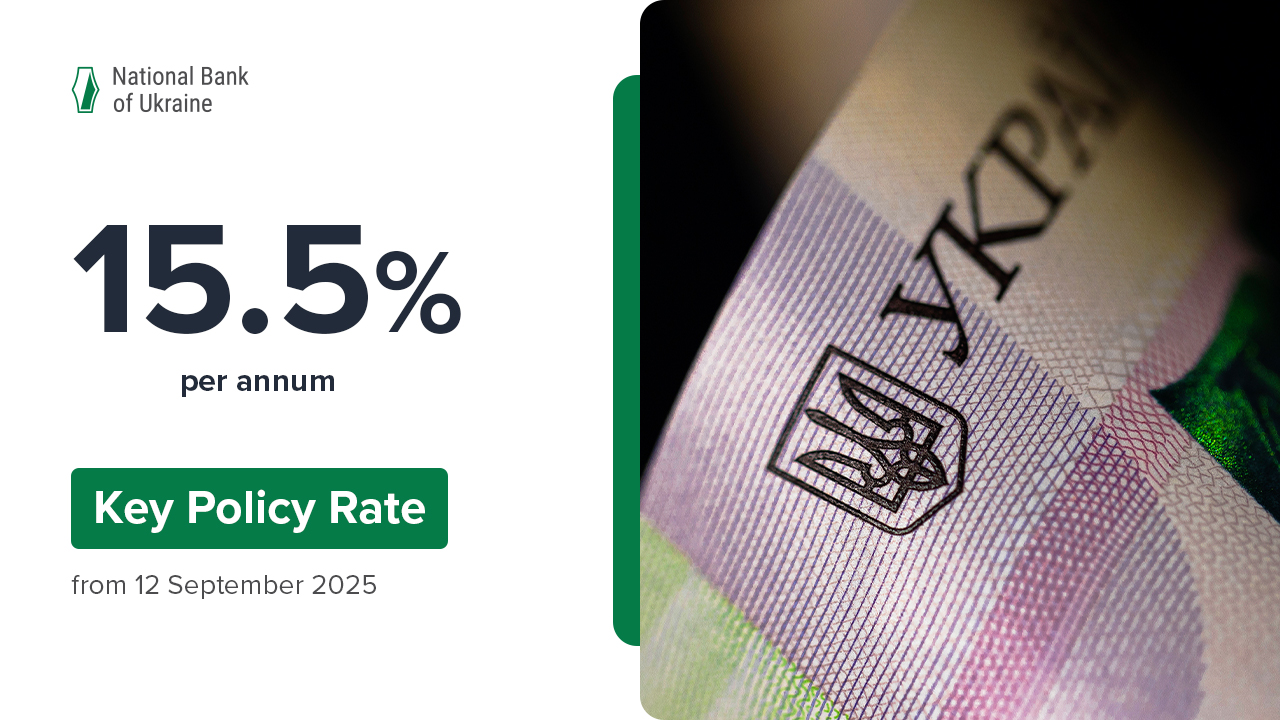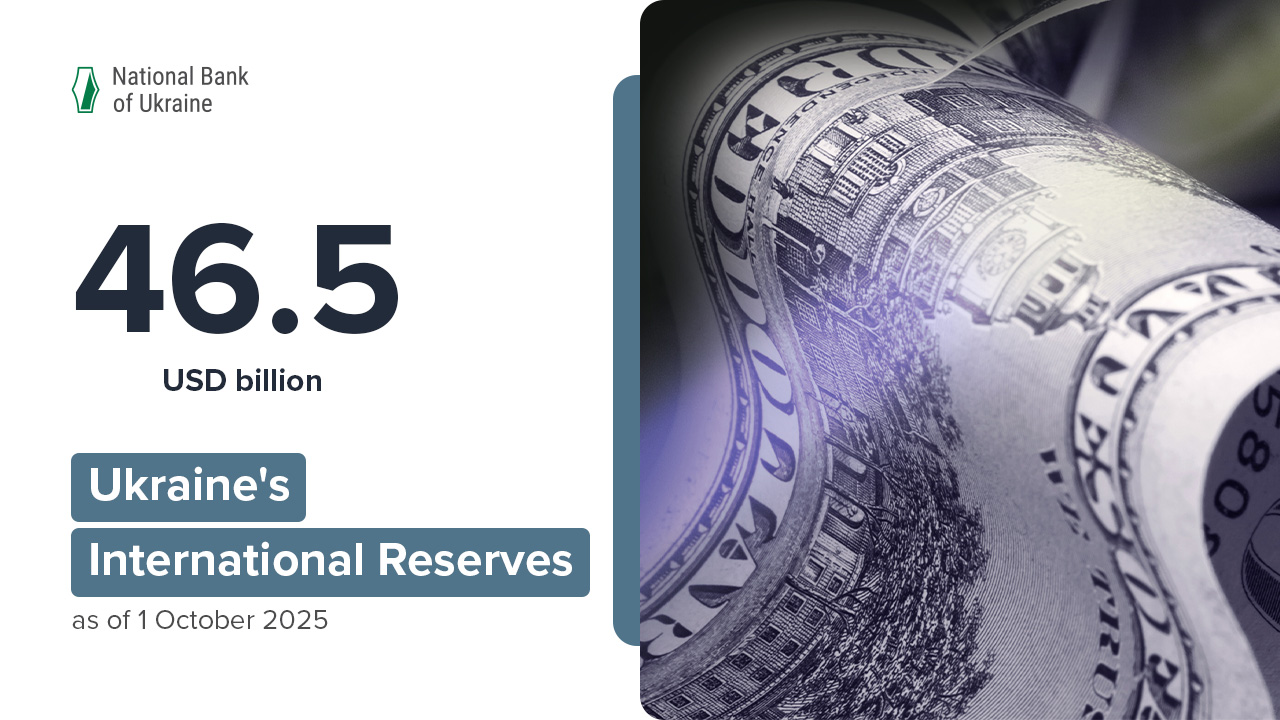Having peaked in September–October, inflation will begin to decelerate to reach 9.6% at the end of 2021. In 2022, it will decline to its 5% target and stay close to it going forward. Ukraine’s real GDP will rise by 3.1% in 2021. After that, the Ukrainian economy will grow by about 4% a year. Read more in the October 2021 Inflation Report.
The NBU has not made changes to its inflation forecast for 2021–2023. However, tighter monetary conditions will be necessary in the years ahead to bring inflation back to 5%.
The pass-through of this year’s strengthening of the hryvnia to consumer prices amid high crop yields will reverse inflation dynamics in late 2021. This reversal will also be driven by the steps the NBU has taken previously, including its key policy rate hikes (by 2.5 pp since the year started, to 8.5% per annum) and the rollback of its emergency measures. These steps have almost offset the stimulus effect of monetary conditions this year, and will ensure a transition to neutral conditions next year.
As a result, inflation will slow to 9.6% in December 2021 and return to the NBU’s medium-term target of 5% in late 2022. Afterwards, the pace of growth in consumer prices will be close to its target level. Underlying inflationary pressures will also ease. Core inflation is expected to fall to 7.1% by end-2021 and to 3%–4% in 2022–2023.
Slowing inflation and improving inflation expectations will enable the central bank to switch to a cycle of key policy rate cuts, but this will not happen until H2 2022.
Ukraine’s economy will grow in 2021–2023, but at a slower pace than previously anticipated. This is due to the longer and more significant fallout from the pandemic and the negative effects of the surge in global energy prices.
Given the indicators seen in H1 2021, high energy prices, and the current accelerated spread of Covid-19, the NBU has downgraded its GDP growth forecast for 2021 to 3.1% from 3.8%. The consequences of the pandemic and the effects of expensive energy will take a toll on economic activity next year. With this in mind, the NBU has revised its forecast for GDP growth in 2022 to 3.8% from 4%. In 2023, the economy will grow by 4%.
Labor market conditions will continue to improve, thanks to sustainable economic recovery and less pressure from potential quarantine restrictions.
The unemployment rate will, on average, decline to 9.4% in 2021, and to 8.6% in 2022, approaching its neutral level. Nominal wages will increase by 19.2% this year, real wages by 9.1%. Wages will continue growing next year, but at a slower pace (12.9% and 5.9%, respectively).
The primary assumption underlying the current macro forecast remains that Ukraine will continue to cooperate with the IMF.
Major risks to the forecast are tighter quarantine measures in Ukraine and globally, and a longer and stronger than expected global surge in inflation.
In addition to the updated macroeconomic forecasts, the October Inflation Report covers a number of special topics, including:
- assessment of factors influencing the GDP gap
- effects of record harvests on the economy of Ukraine
- transmission of the key policy rate forecast to selected market rates.








